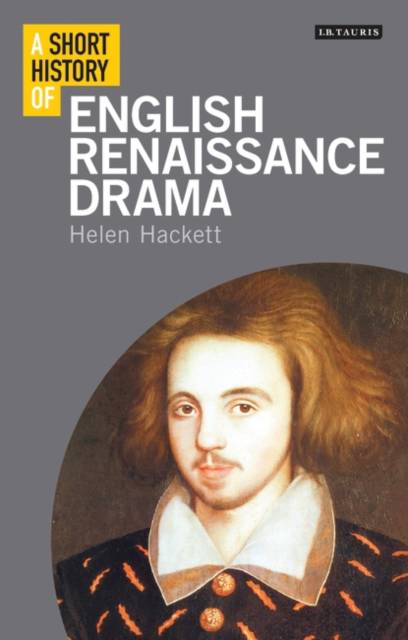
Bedankt voor het vertrouwen het afgelopen jaar! Om jou te bedanken bieden we GRATIS verzending (in België) aan op alles gedurende de hele maand januari.
- Afhalen na 1 uur in een winkel met voorraad
- In januari gratis thuislevering in België
- Ruim aanbod met 7 miljoen producten
Bedankt voor het vertrouwen het afgelopen jaar! Om jou te bedanken bieden we GRATIS verzending (in België) aan op alles gedurende de hele maand januari.
- Afhalen na 1 uur in een winkel met voorraad
- In januari gratis thuislevering in België
- Ruim aanbod met 7 miljoen producten
Zoeken
€ 220,45
+ 440 punten
Uitvoering
Omschrijving
Shakespeare is a towering presence in English and indeed global culture. Yet considered alongside his contemporaries he was not an isolated phenomenon, but the product of a period of astonishing creative fertility. This was an age when new media - popular drama and print - were seized upon avidly and inventively by a generation of exceptionally talented writers. In her sparkling new book, Helen Hackett explores the historical contexts of English Renaissance drama by situating it in the wider history of ideas. She traces the origins of Renaissance theatre in communal religious drama, civic pageantry and court entertainment and vividly describes the playing conditions of Elizabethan and Jacobean playhouses. Examining Marlowe, Shakespeare and Jonson in turn, the author assesses the distinctive contribution made by each playwright to the creation of English drama. She then turns to revenge tragedy, with its gothic poetry of sex and death; city comedy, domestic tragedy and tragicomedy; and gender and drama, with female roles played by boy actors in commercial playhouses while women participated in drama at court and elsewhere.
The book places Renaissance drama in the exciting and vibrant cosmopolitanism of sixteenth-century London.
The book places Renaissance drama in the exciting and vibrant cosmopolitanism of sixteenth-century London.
Specificaties
Betrokkenen
- Auteur(s):
- Uitgeverij:
Inhoud
- Aantal bladzijden:
- 256
- Taal:
- Engels
- Reeks:
Eigenschappen
- Productcode (EAN):
- 9781848856851
- Verschijningsdatum:
- 30/10/2012
- Uitvoering:
- Hardcover
- Formaat:
- Ongenaaid / garenloos gebonden
- Afmetingen:
- 140 mm x 216 mm
- Gewicht:
- 340 g

Alleen bij Standaard Boekhandel
+ 440 punten op je klantenkaart van Standaard Boekhandel
Beoordelingen
We publiceren alleen reviews die voldoen aan de voorwaarden voor reviews. Bekijk onze voorwaarden voor reviews.









